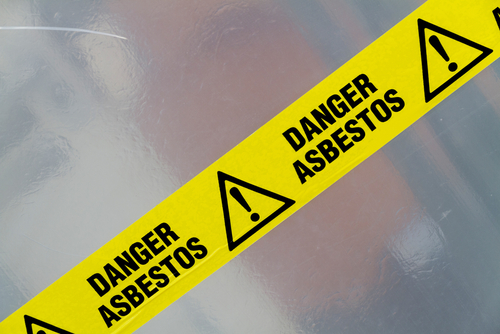 |
When overseeing the day-to-day O&M management of ACM in the workplace, there are two primary areas of training that must be considered:
1) The Occupational Safety and Health Administration (OSHA) regulations at 29 CFR 1910.100, and
2) The Environmental Protection Agency’s regulations at 40CFR Part 763
The OSHA regulations require a worker training program for employees exposed to fiber levels (either measured or anticipated) at or above the permissible exposure limit (0.1 fibers per cubic centimeter (f/cc) as an 8-hour, time-weighted average (TWA) and/or the excursion limit (1.0 f/cc as a 30-minute TWA), except for workers in construction and shipbuilding who are covered under separate regulations. This training program consists of an initial training period, the duration of which is determined by the type of work the employee performs, and annual refresher training.
Deliver fast and effective Environmental, DOT, and OSHA training with Environmental Training Library. Get it Now.
The EPA’s regulations, were written specifically for managing asbestos in schools, however, the agency highly recommends all building owners and operators use the regulations when determining how best to manage on-site, in-place ACM. Specifically, training for operations and maintenance workers not involved in major renovation or demolition projects, there are two levels of training that should be considered, implemented and maintained.
Type 1 is Awareness Training that should be provided to custodial and maintenance staff who perform general tasks such as cleaning, minor repairs and other small projects that could accidently expose them briefly to ACM. This commonly known as Two-Hour Awareness Training and normally includes a range of topics including:
- Basic information about asbestos and ACM
- The health impacts associated with ACM exposure
- Different worker protection programs
- An overview of the locations of ACM in the building or buildings they work in
- How to recognize damaged and/or deteriorated ACM
- The O&M Program for the building or buildings they work in
Train Better in 2013
Environmental Training Library combines an extensive library of prewritten environmental training materials developed by BLR’s experts. Get it Now.
Type 2 is Special O&M Training which is considerably more extensive and is for O&M workers that will be exposed to ACM while conducting their general job duties such as maintenance and repair of ACM. Examples of this type of work might include repairing or replacing a small section of damaged insulation, or installation of equipment in an area where ACM is already known to be present. Special O&M Training generally lasts about 14 hours and includes all of the information contained in Awareness training as well as the following:
- A review of applicable federal, state and local asbestos regulations
- Best practices for ACM-related work
- How to properly handle ACM including methods for waste handling and disposal
- How to use a respirator including equipment care and fit testing
- Appropriate protective clothing donning, care and disposal practices
- Hands-on exercises for proper use care and maintenance of such things as glovebags and HEPA vacuums, and
- Explanations of proper and appropriate decontamination procedures
Unlike Type 3 Abatement Worker Training which is highly specialized and accredited by the EPA or a state, Awareness and Special O&M Training can be provided by a company’s Asbestos Program Manager (APM) if they have the knowledge and education necessary. As an alternative, an outside training provider can be used, although in all cases, the respirator training portion should be provided by either an industrial hygienist or a trained and accredited asbestos professional. In addition, the health effects training should also be provided by a health professional.

There is a typo in this article in that the OSHA standard for asbestos in general industry is 1910.1001.